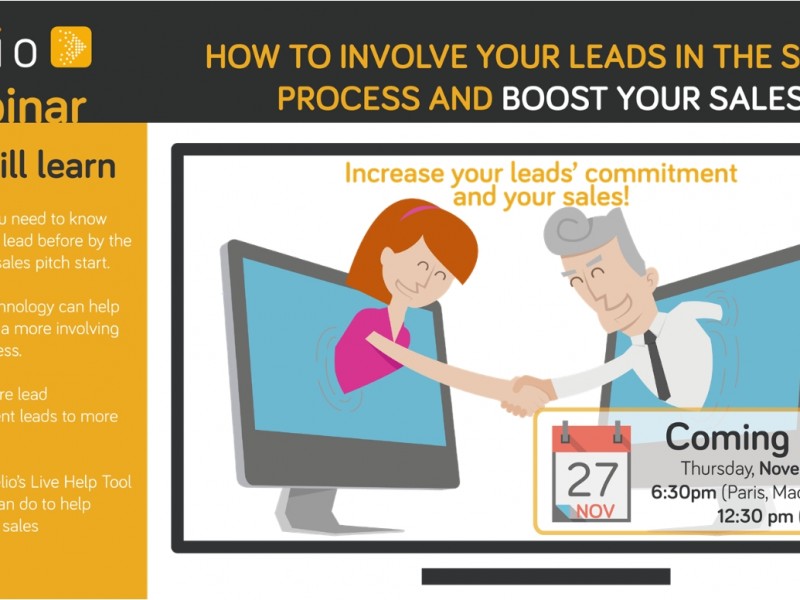 Marketing campaigns experience shows us that a higher rate of conversions usually occurs the closer in time we are to the acquisition of data (eg, form filling). Similarly, the rate decreases, often exponentially, as we move away from this time.
Marketing campaigns experience shows us that a higher rate of conversions usually occurs the closer in time we are to the acquisition of data (eg, form filling). Similarly, the rate decreases, often exponentially, as we move away from this time.
This process is very similar to what takes place in direct sales environments:
“When affirmative lead response does not occur within 24 hours of capturing it, the possibilities of closing a sale decrease rapidly.”
Among the many benefits of Lead Management platforms, there are two that allow us to exploit lead responsiveness when the acquisition of the lead occurs:
- Ability to communicate quickly with the lead (phone, email etc).
- Personal communication (co-browsing, Click2video etc).
If a lead acquisition does not produce inmediate results, the next step should be starting a lead nurturing process for a more or less prolonged period, through newsletters, downloadable content, promotions etc.
The increased availability to store information and its structured treatment (big data), opens other ways, not only to recover unconverted leads, but to re-enter previous buyers in the sales funnel too.
We could think that the structured data source can come from our CRM, but in this case we will lose many opportunities. CRMs are valuable for previous leads interactions, but they are not able to identify the opportunities that exist in a given moment.
For example, imagine an abrupt change in weather (eg, it gets colder), and the opportunities that could arise in businesses as diverse as providers of car chains, travel agencies, clothing stores etc …
A real application of the above example would be to connect a Predictive analytics platform that providse real-time trigger events, (related with a given business), to a Lead management platform.
- Moreover the data stored in the Business CRM will feed the Lead Management platform and according to the characteristics of each lead, will select those most likely to respond positively to a particular trigger event.
- Leads selected would go through a lead managemenet custom workflow to maximize conversions for those Business Signals .
- Lead Management technology would be used to make the most conversions at the highest speed possible.
- Leads not converted in the first phase would return to a lead nurturing process and the Lead Management platform would send the information of unconverted leads to the CRM for future use.
From the above example we can obtain several conclusions:
- The historical values stored in the CRM would not provide us with any value in this case because the opportunity would go unnoticed.
- Conversions would be generated without any ad hoc marketing campaign.
- It would improve the brand perception, as the user would perceive a serendipity process or “pleasant surprise”: I needed this,.. so it happens.
How to integrate Triggers events in a sales and marketing process
 The easiest way to integrate trigger events within the marketing and sales process is to use platforms designed to integrate with each other easily.
The easiest way to integrate trigger events within the marketing and sales process is to use platforms designed to integrate with each other easily.
For example in this case:
- CRM
- Lead Management Platform
- Predictive Analytics big data platform
For the above three elements there is a variety of products in the market, but it is possible that there is only one solution for your business, depending of its characteristics, size, industry etc.
 Delio_Lead management is offering the latest technology in lead management platforms, where you can easily create the communication workflow with your leads, and the means to communicate with them, and also it is designed to be integrated easily with other platforms, in order to maximize ROI.
Delio_Lead management is offering the latest technology in lead management platforms, where you can easily create the communication workflow with your leads, and the means to communicate with them, and also it is designed to be integrated easily with other platforms, in order to maximize ROI.








